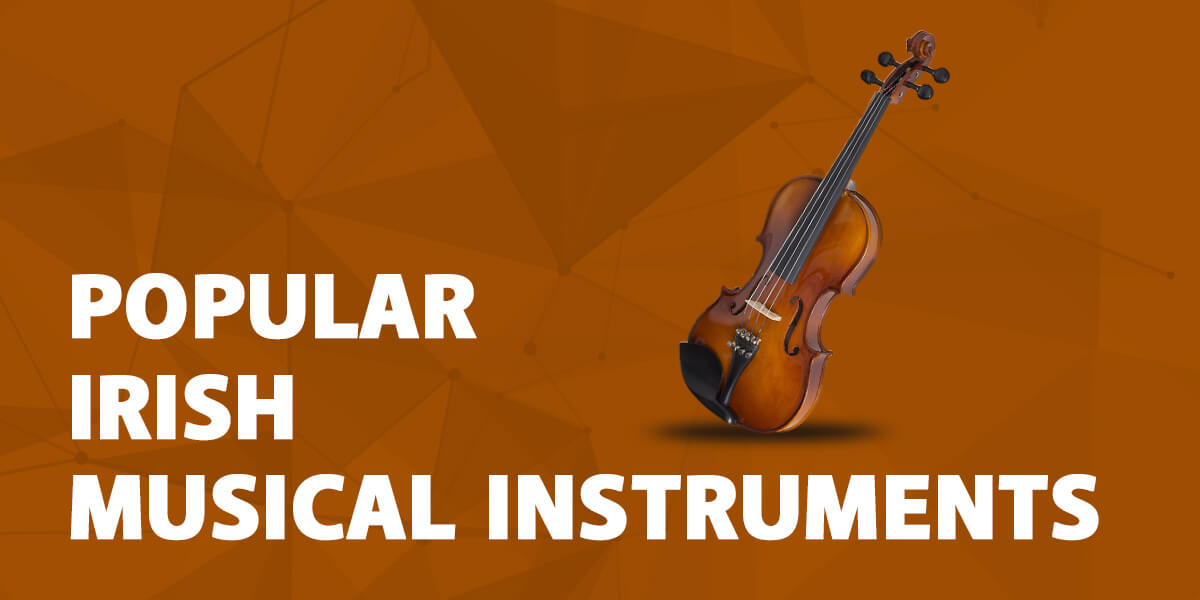
One of the greatest skills people have acquired is to master the art of music making. Open any chapter in the books of history and no matter how great an empire was or how dynamic its ruler was, you will always come across an association with music. We already know about the famed Tansen and how he could awaken the elements of fire and rain with his throaty voice. Most melodious notes require great musical instruments and what better than a place like Ireland where musical instruments first saw the light of dawn in the Stone Age! Let’s take a sneak peek at some Irish musical instruments that are now popular worldwide.
Table of Contents
- 1. Accordions and Concertinas
- 2. Flute and Whistle
- 3. Banjo
- 4. Bouzouki
- 5. Uilleann Pipes
- 6. Celtic Harp
- 7. Bodhrán
- 8. Fiddle
- 9. Mandolin
- 10. Harmonica
1. Accordions and Concertinas
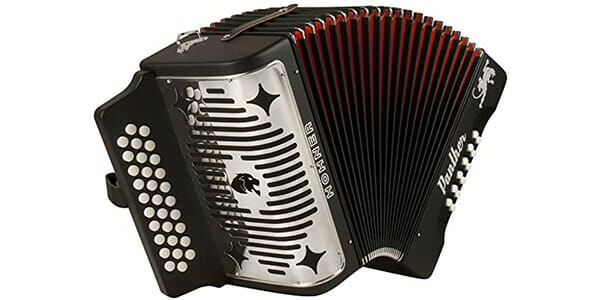
Resembling the shape of a box, this instrument is also called ‘Squeezebox’ by the Irish folks as sound is emanated by squeezing the flexible material of the box and tapping the right buttons in unison. As the name suggests, this instrument is played during public gatherings.
Concertinas are hexagonal structures in the box with the buttons placed conveniently in the corners. These help in modulating sound to release the preferred note.
2. Flute and Whistle
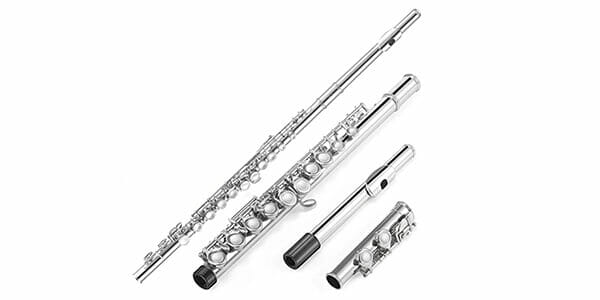
One of the most popular Irish musical instruments, it originated in the 12th century. The Flute coupled with Tin Whistle and Low Whistle comprise the Woodwind Family and each produces sounds of varying tones. While Tin Whistle produces a shrill dissonance, the Low Whistle produces a deeper and more melodious sound. Air is blown through the flute while some holes are alternatively tapped and covered to produce sounds of a vast range. It is also one of the best instruments for kids to start with their music journey.
3. Banjo
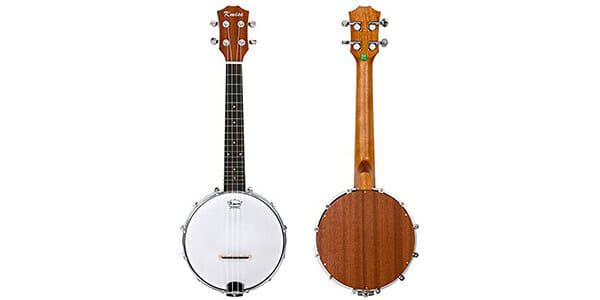
Ask any Irish about Banjo and he is sure to get thrilled to tell you or even preach a lot about it. It has a stubby rotund body with four to six strings arranged in a similar fashion as a guitar. It can be played with a plectrum and is generally used to play music of single notes.
4. Bouzouki

Founded only in the ‘60s, it may have come to the scene late but was worth the wait as it is a well-known musical instrument now. It has been inspired by a Greek instrument and Dublin-based musician Johnny Moynihan made the feat of bringing it to the Irish music scene. While it featured two octave strings initially, this was replaced with unison strings in the ‘70s and has carried the same layout ever since. However, to suit the Irish taste, the tuning is slightly different compared to the original Greek version.
5. Uilleann Pipes
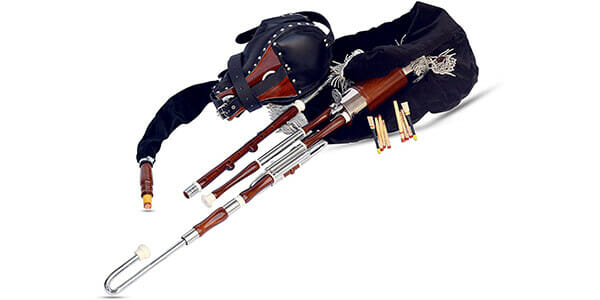
In a humorous manner, this instrument has been described as the ‘Bagpipes of Ireland’ and came to light between the 18th and 19th century. A bag inflates using the bellows attached around the musician’s waist which allows for air to be pumped through to produce multiple sound frequencies.
6. Celtic Harp
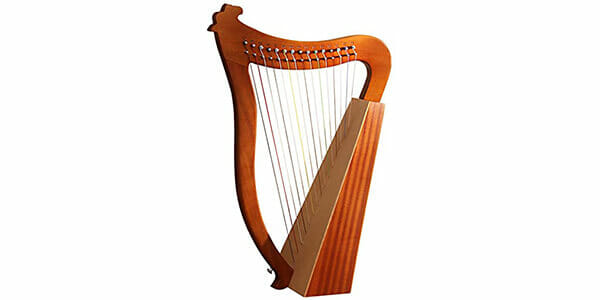
The emblem of Ireland, the Harp, though not as old and eminent as other musical instruments, serves as a great link between the ancient and modern Irish times. This wooden instrument is massive in size with many wire strings. It is generally considered difficult to grasp.
7. Bodhrán
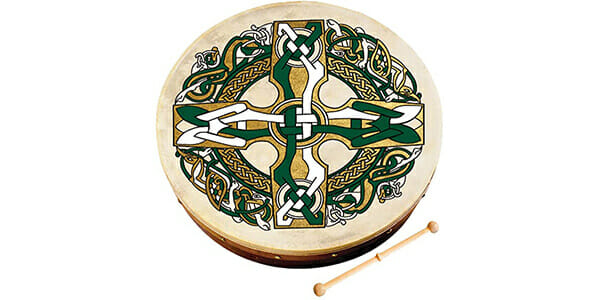
Pronounced ‘Boh-rawn,’ it is a hand-held drum which has been a favourite among the Irish music groups for centuries. To strike a strong ‘thump’ against the surface, its body is usually crafted out of wood while the peripheral portions are made from goatskin. As with most drums, here too a stick is present to beat the surface producing a solid sound. It is also popular in Irish rebel songs and its deep tone blends well with other musical instruments such as Fiddle, Harp and Guitar.
8. Fiddle
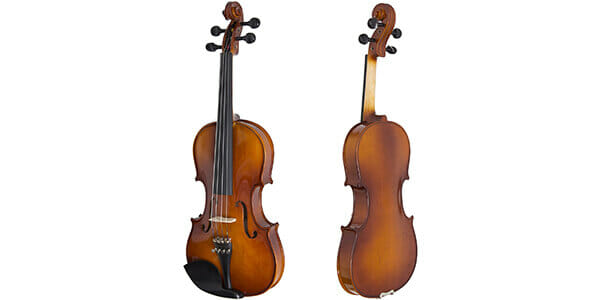
Handling a Fiddle might sound similar to holding a Violin as this is the name the Irish are fond of using for a Violin. It finds its roots in Western Europe and was brought to life in the 17th century. Just like a violin, it consists of strings placed in a bow-like style and a wooden stick to alter the tunes. However, it is played in an entirely different manner in contrast to a violin and differs from one region to another.
9. Mandolin

Bearing a unique onion shape, Mandolin is smaller in size than a guitar and comes enveloped in tons of wood around its wedged outline. The sound box is generally oval or round atop which are 4 sets of dual-strings to be beaten with a plectrum. It was only in the ‘70s that Mandolin became a part of the illustrious Irish music era but is very popular and relevant now.
10. Harmonica
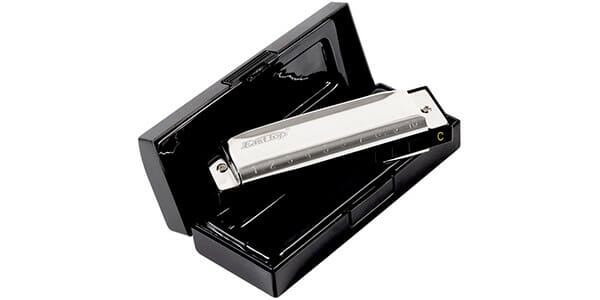
You can regard this as the smallest musical instrument making clasping it, a cakewalk. Only a little practice & trial and error is required to master this instrument of melodious pitches. On the face of it, there are 10 holes and nothing more complicated. It just requires you to release your breath tuned uniquely at each time interval and lip movement which takes a while getting used to but will result in fabricating great music for songs. In fact, Harmonicas have been popular in fast dance tunes for a real long time now.

